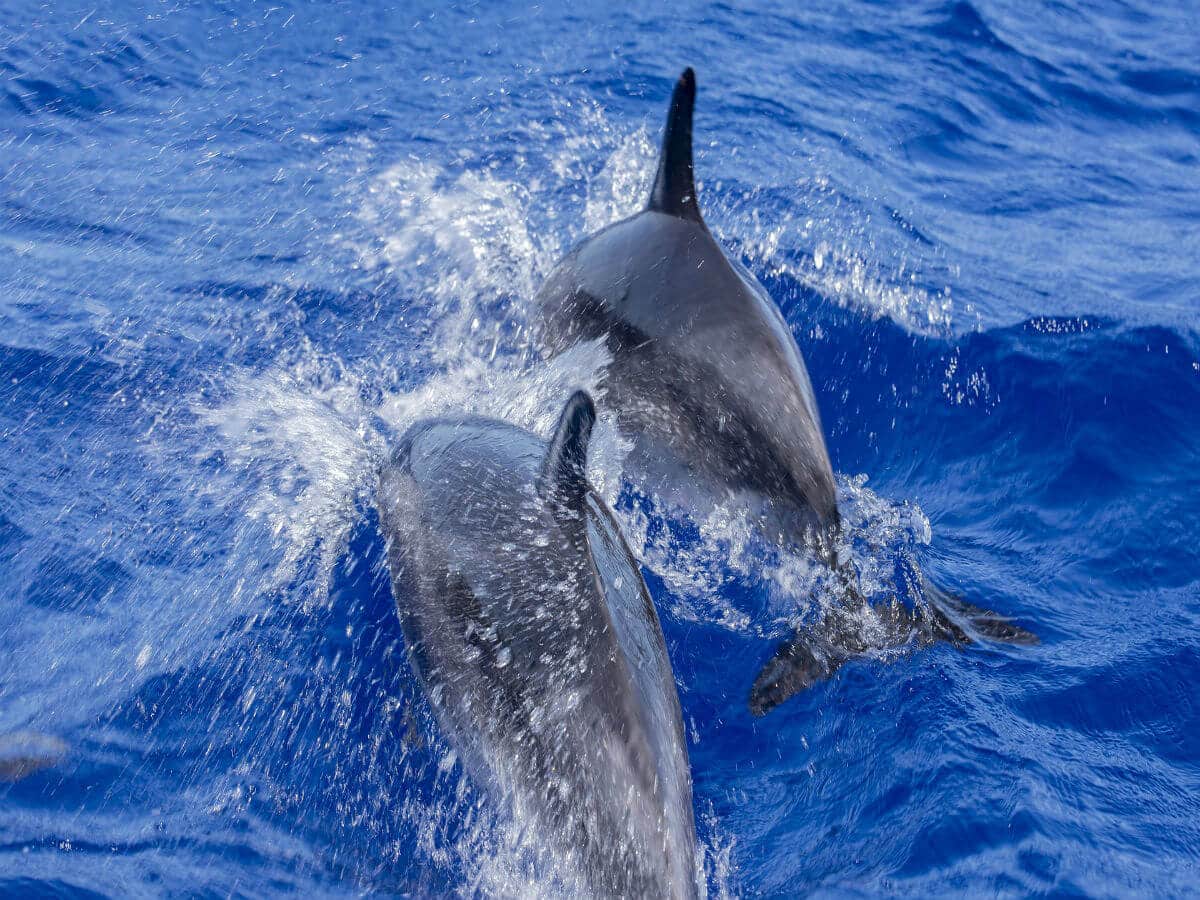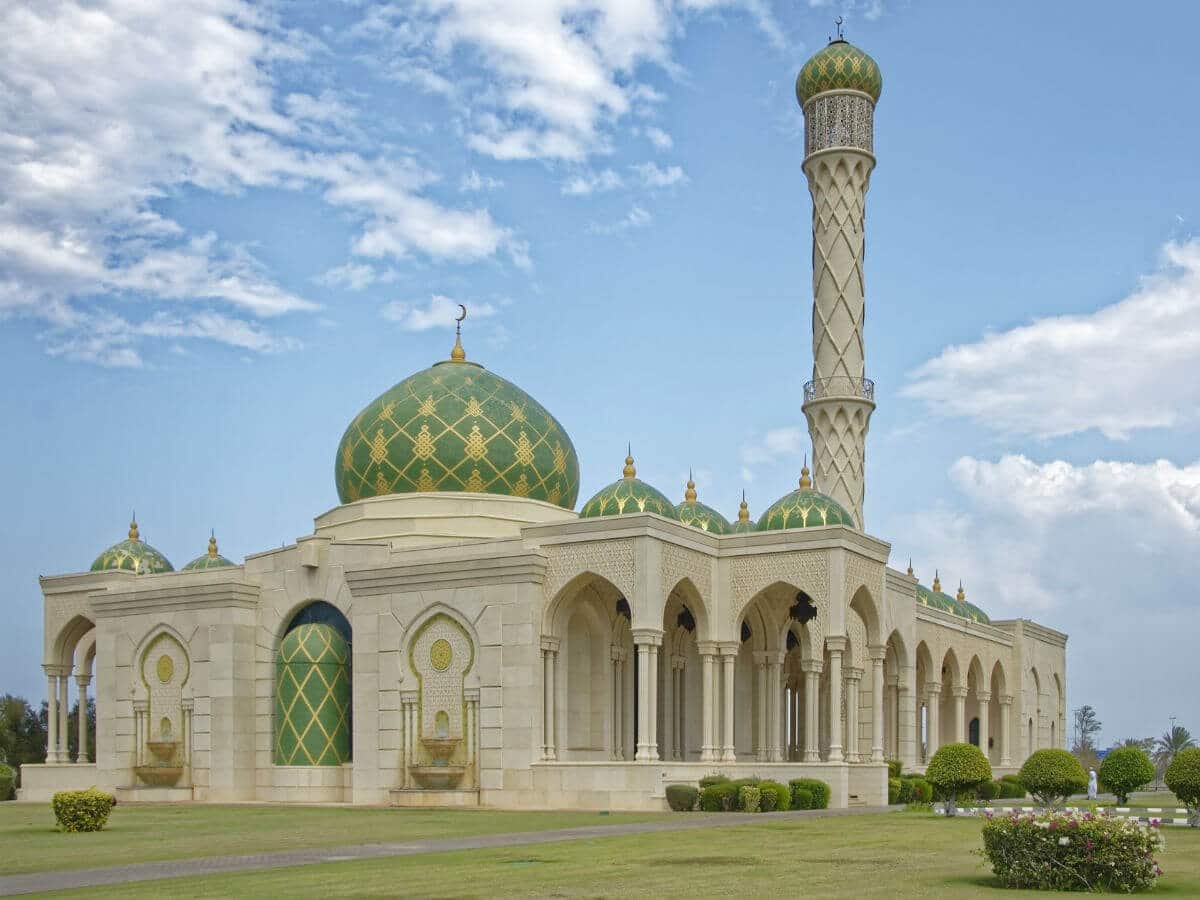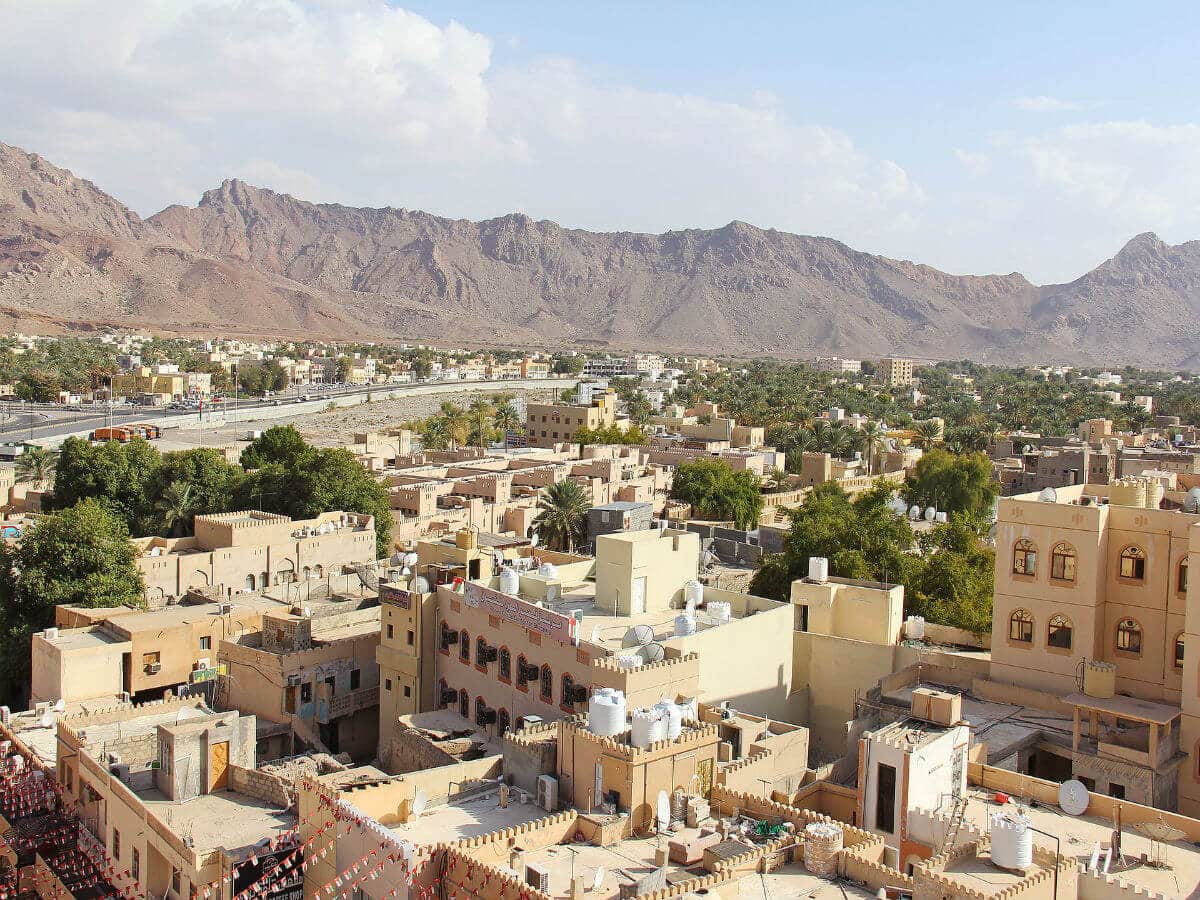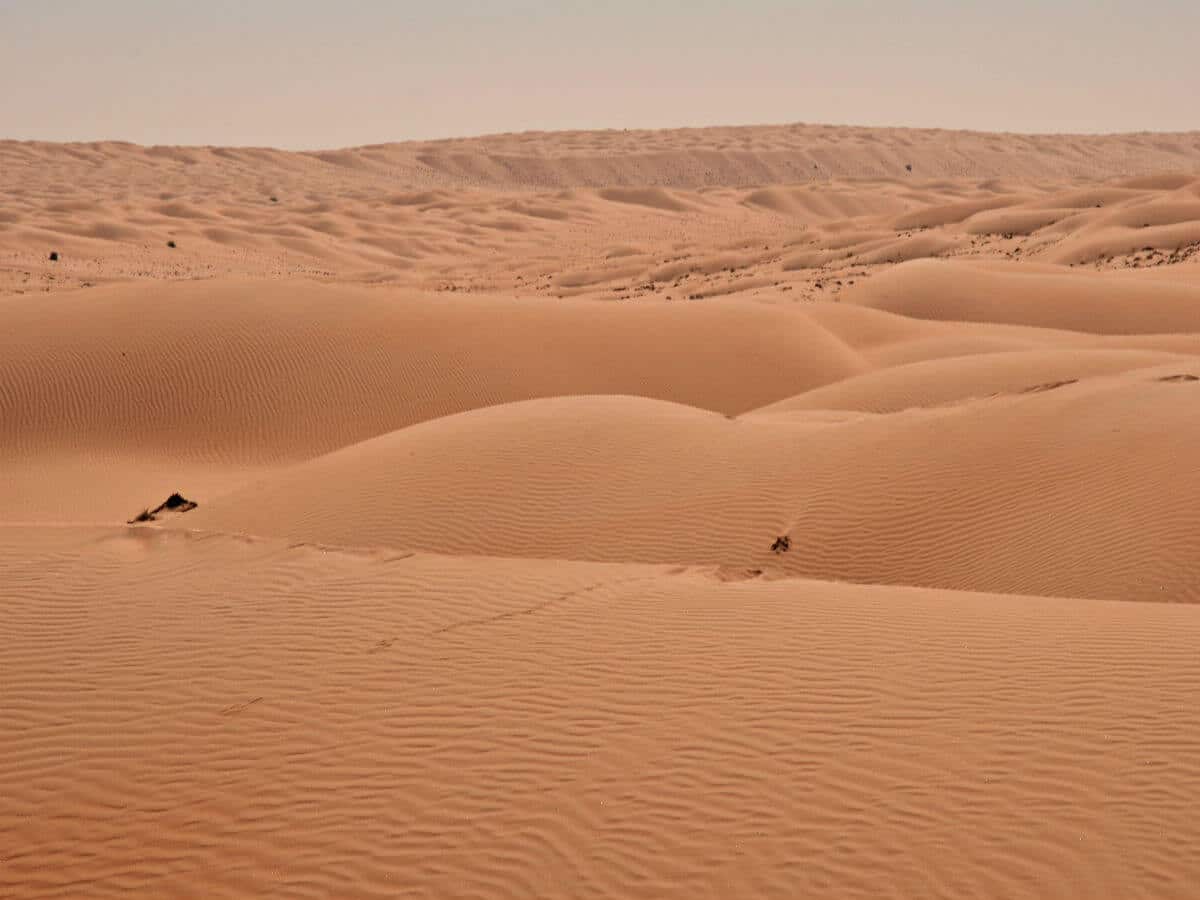Tour Packages
Oman Tour Packages
SUPER DEAL PRICE
STARTS FROM
per person on twin sharing
ATM access may be limited in remote areas.
Credit cards are accepted but carry some cash.
Banks are easy to find, especially in cities.
The legal drinking age in Oman is 21.
Oman residents are known for their hospitality.
Oman has a Different Weekend: Friday and Saturday.
Oman - Visitors Statistics

Annually
30,00,000
Male51%
Female49%
By Purpose
Couples
For Newlywed Vacations
Family
For Family Vacations
Top Visitors from India
Mumbai
Delhi
Bengaluru
Chennai
Hyderabad
Kolkata
Pune
Ahmedabad
Jaipur
Kochi
Everything You Need to Know About Oman
If you want a perfect holiday destination for nature lovers, those looking to immerse themselves in history and seekers of modern conveniences and comforts, the Sultanate of Oman would be your ideal choice. For Indians travelling abroad, Oman is a perfect place due to its reputation as a safe and hospitable country. Just a short flight away, it is an easily accessible and convenient holiday destination. From the buzz of the city’s markets to the tranquillity of its sand dunes, there is something for everyone in Oman.
Take advantage of our Oman tour packages, which combine the best of Oman’s attractions.
View All Oman Tour Packages
Travel Tips

Visa Information
Check visa requirements before traveling, ensuring a smooth entry and compliance with destination regulations.

Health and Safety Tips
Prioritize health, stay hydrated, follow safety guidelines, and maintain personal hygiene for a secure journey.

Currency and Tipping
Familiarize with local currency, consider customary tipping practices for respectful and seamless travel experiences.
FAQs:
Book Your Dream Vacay Today!
















